Polyaryletheretherketone (PEEK) is a high-performance engineering plastic known for its exceptional mechanical properties, chemical resistance, and ability to operate at high temperatures. Widely used across various industries, the unique characteristics of PEEK plastic make it an ideal material for demanding applications.
This guide provides an in-depth exploration of PEEK, encompassing its properties, applications, processing methods, and material improvements to aid designers and manufacturers in fully harnessing this versatile polymer.
What Is PEEK?
PEEK plastic is a rigid, opaque (beige) engineering plastic composed of repeating monomers of two ether groups and a ketone group.

Known for its high thermal stability, excellent mechanical properties, and resistance to chemicals and wear, PEEK is widely used in aerospace, electronics, medical, automotive, and oil & gas industries.
It is also worth noting that PEEK is available under various trade names like Tecapeek®, Arlon® 1000, Ketronpeek, and Victrex 450G.
Key Properties of PEEK
- High-Temperature Resistance: It can withstand continuous exposure to high temperatures, typically up to 250°C (482°F), and short-term exposure up to 300°C (572°F).
- Chemical Resistance: It is resistant to various chemicals, including acids, bases, and organic solvents.
- Mechanical Strength: It maintains high strength and stiffness even at elevated temperatures.
- Dimensional Stability: It exhibits minimal thermal expansion and high resistance to creep.
- Wear and Friction: It has low wear and friction characteristics, making it suitable for demanding applications.
- Electrical Properties: Excellent insulative properties across various temperatures and frequencies.
- Flame Retardant: PEEK plastic is inherently flame retardant with low smoke and toxic gas emissions.
Advantages and Disadvantages of PEEK
优势
- High Temperature Resistance: It can withstand continuous exposure to high temperatures, making it suitable for applications that operate in extreme thermal environments.
- Mechanical Strength: PEEK plastic maintains high strength and stiffness even at elevated temperatures, providing reliable performance in demanding mechanical applications.
- Chemical Resistance: It resists various chemicals, including acids, bases, and solvents, ensuring durability and longevity in harsh chemical conditions.
- Wear and Friction: PEEK has low wear and friction characteristics, making it ideal for applications involving sliding contact or moving parts, such as bearings and gears.
- Biocompatibility: It is safe for medical implants and devices, ensuring compatibility with the human body and meeting stringent medical standards.
- Dimensional Stability: PEEK plastic exhibits minimal thermal expansion and high resistance to creep, ensuring that parts retain their dimensions and structural integrity under load and temperature changes.
- Flame Retardant: It is inherently flame retardant with low smoke and toxic gas emissions, meeting fire safety standards for various applications.
- Electrical Properties: It offers excellent insulative properties across various temperatures and frequencies, making it suitable for electrical and electronic applications.
Disadvantages
- Cost: It is significantly more expensive than many other plastics, which can impact the overall cost of projects and applications.
- Wear in Certain Conditions: Although PEEK has low wear characteristics, it can experience wear in highly abrasive environments, which may limit its use in such conditions.
- Processing Requirements: It requires high processing temperatures and specialized equipment, which can complicate manufacturing and increase production costs.
- UV Sensitivity: Prolonged exposure to UV light can degrade PEEK plastic, necessitating UV stabilizers or protective coatings for outdoor applications.
- Notching Sensitivity: If a surface flaw exists, PEEK can fracture under repeated stress, making it susceptible to notching and potentially compromising its mechanical performance in cyclic loading applications.
- Not Resistant to All Chemicals: Concentrated sulfuric acid and other aggressive substances can attack PEEK, limiting its chemical resistance in specific environments.
Applications of PEEK Plastic
航空航天
PEEK’s high strength-to-weight ratio and thermal stability make it ideal for aerospace applications such as:
- Valves and Seals: Used in hydraulic and fuel systems due to their chemical resistance and durability.
- Connectors and Insulation: Provides reliable electrical insulation and mechanical stability.
- Bearings and Bushings: Low friction and wear resistance make PEEK suitable for moving parts.
医疗
PEEK plastic is biocompatible and can withstand sterilization processes, making it suitable for medical applications such as:
- 手术器械: Durable and resistant to repeated sterilization.
- Medical Implants: Used in spinal fusion devices, dental implants, and joint replacements.
- Catheters and Endoscopic Components: Chemical resistance and flexibility are essential for these applications.
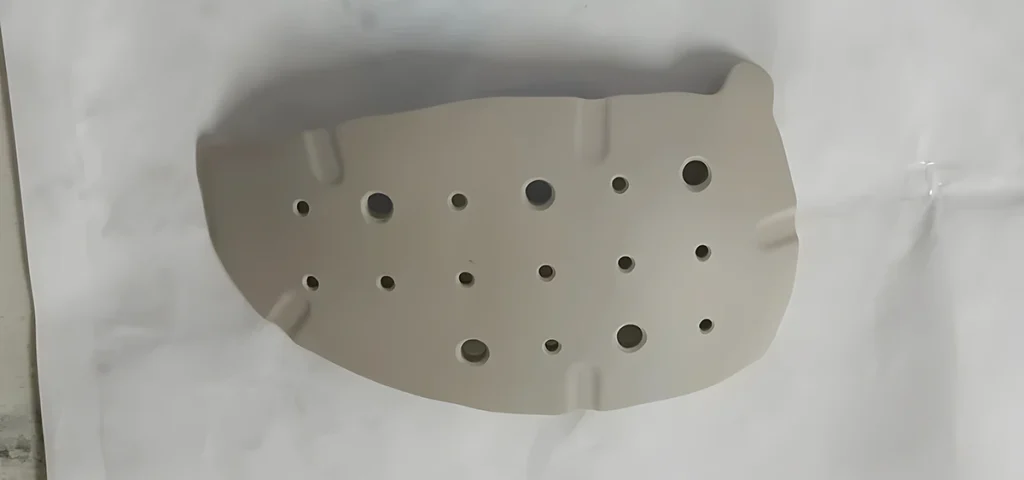
汽车
In the automotive industry, PEEK plastic is used for its high-temperature resistance and mechanical properties:
- 传动部件: Withstands high temperatures and mechanical stress.
- Engine Parts: Used in valves, seals, and gaskets.
- Interior Trim: Provides durability and resistance to wear and tear.
电子产品
PEEK’s electrical insulating properties make it ideal for electronic applications:
- Connectors and Switches: Reliable performance in high-temperature environments.
- Insulators: Provides thermal and electrical insulation.
- PCB Components: Used in high-performance printed circuit boards.
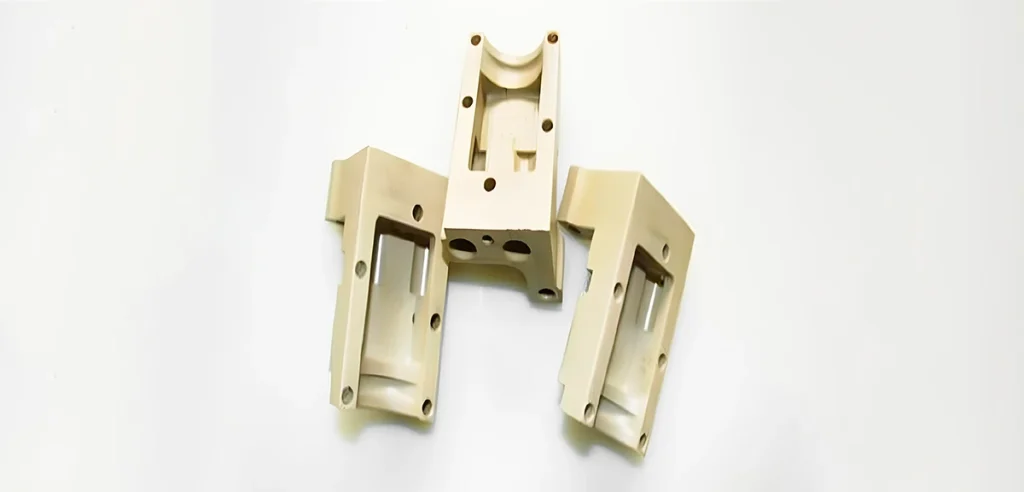
Oil & Gas
PEEK’s chemical resistance and mechanical strength are crucial for oil and gas applications:
- Seals and Gaskets: Durable and resistant to aggressive chemicals.
- Bearings and Bushings: Low friction and wear resistance in harsh environments.
- Valve Components: Withstands high pressures and temperatures.
Grades of PEEK
Unfilled PEEK
Unfilled PEEK is an unreinforced, general-purpose grade that offers the greatest elongation and toughness. It is ideal for applications requiring high purity and excellent mechanical properties.
30% Carbon-Fiber Reinforced PEEK
Carbon fiber reinforcement enhances PEEK’s compressive strength and stiffness while dramatically lowering its expansion rate. It offers optimum wear resistance and load-carrying capability, making it suitable for high-performance applications.
30% Glass-Fiber Reinforced PEEK
The addition of glass fiber greatly reduces the expansion rate and increases the flexural modulus of PEEK. This grade suits structural applications requiring greater strength, stiffness, and stability.
Bearing Grade PEEK
This grade is reinforced with carbon fiber, graphite, and PTFE lubricants, offering the lowest coefficient of friction and the best machinability of all PEEK grades. It is ideal for bearings, bushings, and other applications requiring low friction and high wear resistance.
Enhancements and Modifications of PEEK Plastic
Annealing
Annealing is a heat treatment process that alters the physical and sometimes chemical properties of PEEK to increase its ductility and make it more workable. This process can relieve internal stresses, refine the structure, and improve cold working properties, enhancing the lifespan of machined plastic parts.
Stress Relieving
Stress relieving involves heating PEEK to a temperature below the critical range to relieve stress from cold working, shearing, or gas cutting. It helps improve dimensional stability and reduces the risk of cracking and warping during machining.
Lubricants
Incorporating lubricants such as PTFE into PEEK can significantly reduce its coefficient of friction, making it suitable for applications requiring low friction and high wear resistance.
Fillers and Reinforcements
Adding fillers like glass or carbon fibers enhances PEEK’s mechanical and thermal properties. These modifications can improve strength, stiffness, wear resistance, and thermal conductivity, tailoring it for specific applications.
Chemical Additives
Chemical additives can improve PEEK’s resistance to UV radiation, increase its flame retardancy, and enhance its chemical resistance, extending the material’s lifespan in harsh environments.
Design Considerations for PEEK
Temperature Considerations
Due to PEEK’s high processing temperatures, precise temperature control during molding and machining is crucial to prevent warping and ensure dimensional accuracy.
Wall Thickness and Geometry
Designing parts with appropriate wall thickness and geometry ensures structural integrity while minimizing material usage, reducing costs, and resulting in lighter-weight parts.
Wear and Friction
Utilizing surface finishes and textures, and incorporating additives can enhance PEEK’s wear resistance and low friction characteristics, which are essential for applications with sliding or rotating movements.
Precision and Dimensional Stability
Parts designed with tight tolerances take advantage of PEEK’s excellent dimensional stability. Controlling the molding process and tooling design ensures high precision and consistency.
抗蠕变性
Design features such as fillets, radii, or reinforcing ribs can be incorporated to mitigate creep deformation, taking full advantage of PEEK’s high resistance to creep.
Property Comparison: PEEK Versions and Other High Heat Polymers
Understanding the unique qualities of PEEK plastic in relation to other high-heat polymers is essential for making informed decisions regarding material selection in construction:
Temperature Tolerance
PEEK can withstand continuous exposure to high temperatures, typically up to 250°C (482°F), superior to many other thermoplastics.
Mechanical Strength
PEEK maintains high strength and stiffness even at elevated temperatures, outshining polymers like nylon and PBT.
耐化学性
PEEK resists a wide range of chemicals, including automotive fluids and aggressive cleaning agents, making it more durable in hostile environments compared to other plastics.
Wear and Friction
With low wear and friction characteristics, PEEK plastic often exceeds the performance of fluoropolymers in demanding applications.
Hydrolysis Resistance
PEEK resists water absorption and degradation, giving it an edge over polyamides, which can be susceptible to moisture.
Electrical Properties
The polymer maintains excellent insulative properties across various temperatures and frequencies, surpassing many other high-heat plastics.
尺寸稳定性
PEEK exhibits minimal thermal expansion and a high resistance to creep, which can be a drawback in materials like PET when exposed to high thermal loads.
Processing Techniques for PEEK
注塑成型
Injection molding is a popular method for producing complex PEEK parts with high precision. Key considerations for injection molding PEEK include:
- 熔化温度: 350°C to 400°C
- 模具温度: 120°C to 180°C
- 喷射压力: High pressures are required due to PEEK’s poor flow properties
- Cooling Time: Longer cooling times to ensure proper solidification
For more PEEK injection molding cases and other details, please click the link.
挤压
Extrusion produces continuous PEEK profiles such as tubes, rods, and sheets. Important factors for extrusion include:
- Extrusion Temperature: 180°C to 250°C
- Die Design: Must accommodate PEEK’s properties to reduce defects
- Cooling: Controlled cooling to avoid stresses and ensure dimensional accuracy
三维打印
3D printing, or additive manufacturing, is suitable for creating intricate PEEK parts. Considerations for 3D printing PEEK include:
- Temperature Control: 360°C to 400°C
- Build Platform: Heated platform to prevent warping
- Print Speed: Slower speeds and finer layers for better surface finish and detail resolution
- Environment: Controlled printing environment to minimize temperature fluctuations
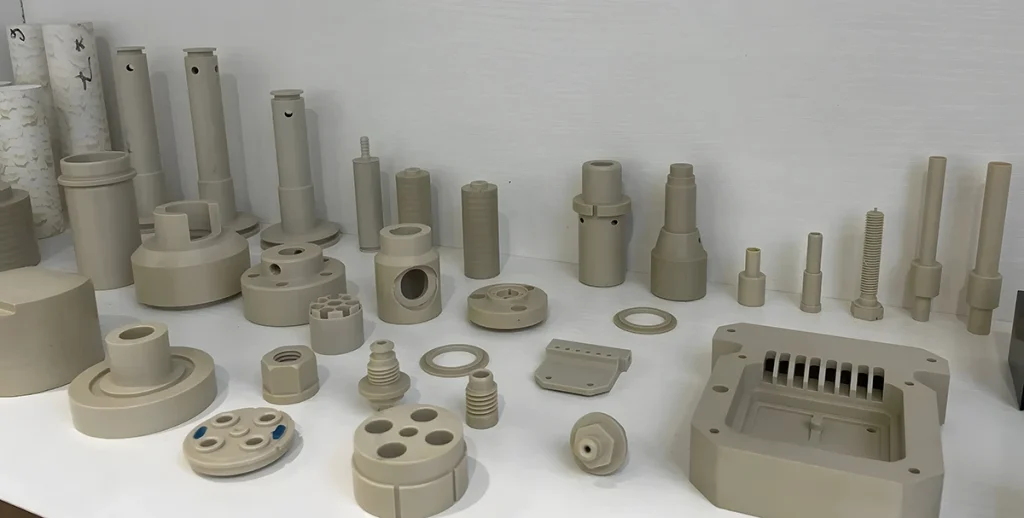
Machining
PEEK can be machined using conventional tools, but proper cooling and lubrication are necessary to prevent overheating and surface defects.
Casting
Casting is used to produce high-quality PEEK sheets and blocks with superior optical clarity. The process involves pouring liquid PEEK resin into molds and allowing it to cure.
Welding
PEEK can be welded using various techniques, including hot-blade, hot-gas, ultrasonic, or spin welding, allowing for the assembly of complex structures.
Environmental and Health Considerations of PEEK
Toxicity and Safety
PEEK is generally considered non-toxic and safe for food and medical applications. In its solid form, it is inert and does not leach harmful substances. However, the monomers and additives used during production may require careful handling.
Recycling
PEEK can be recycled through processes like pyrolysis and depolymerization. These methods convert PEEK waste back into its monomer form, which can then be reused to produce new PEEK products.
Environmental Impact
While PEEK is durable and long-lasting, it is not biodegradable. Recycling PEEK is possible, but the processes are not as widespread as for other plastics. To minimize environmental impact, recycling or repurposing PEEK whenever possible is essentia
结论
Polyaryletheretherketone (PEEK) is a versatile and high-performance engineering plastic with a unique combination of properties, including high-temperature resistance, chemical resistance, and exceptional mechanical strength.
Its suitability for demanding applications across various industries makes it a valuable material for designers and manufacturers.
By comprehending PEEK plastic’s characteristics, applications, processing methods, and enhancements, professionals can effectively utilize this material to develop innovative, high-performance products.
小贴士进一步了解其他塑料
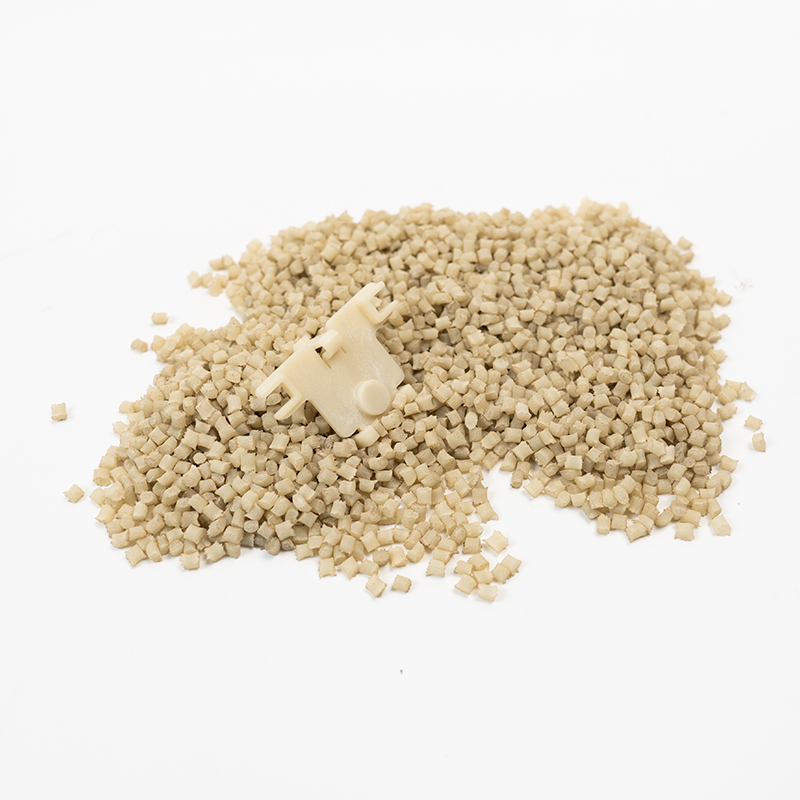















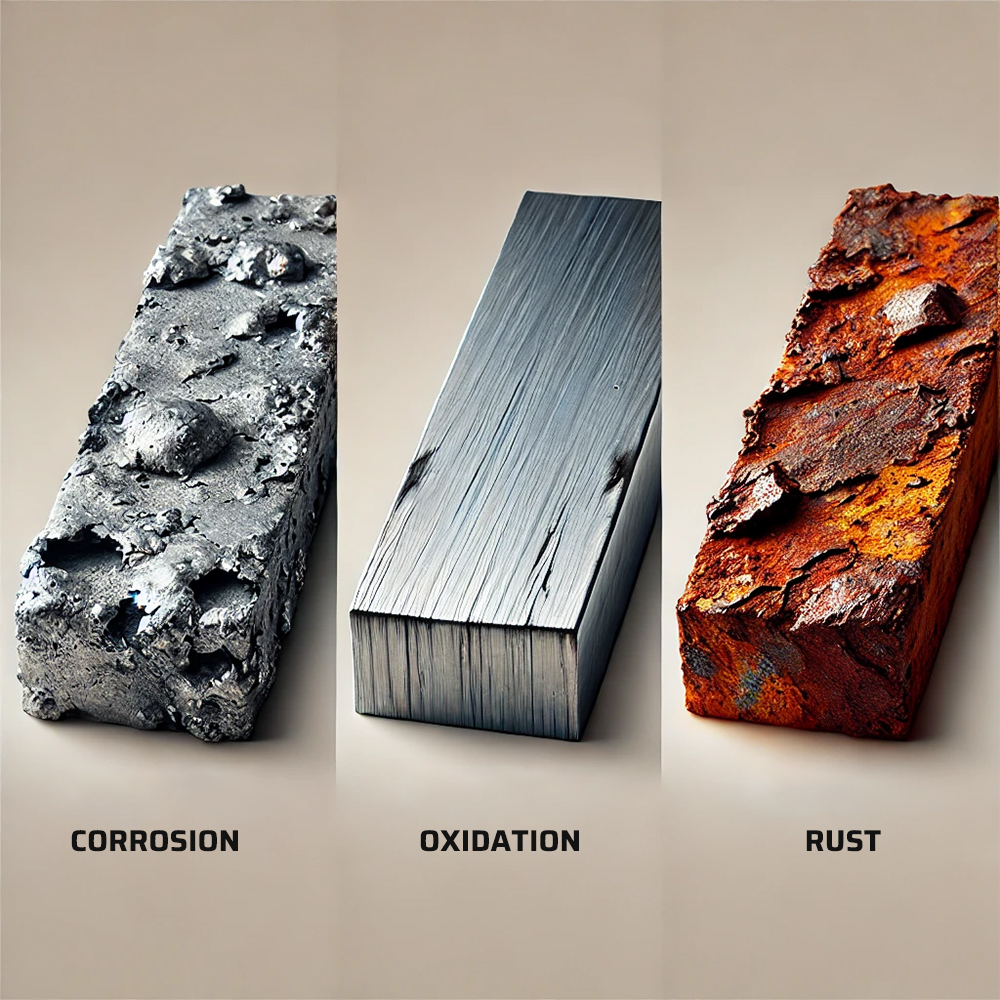
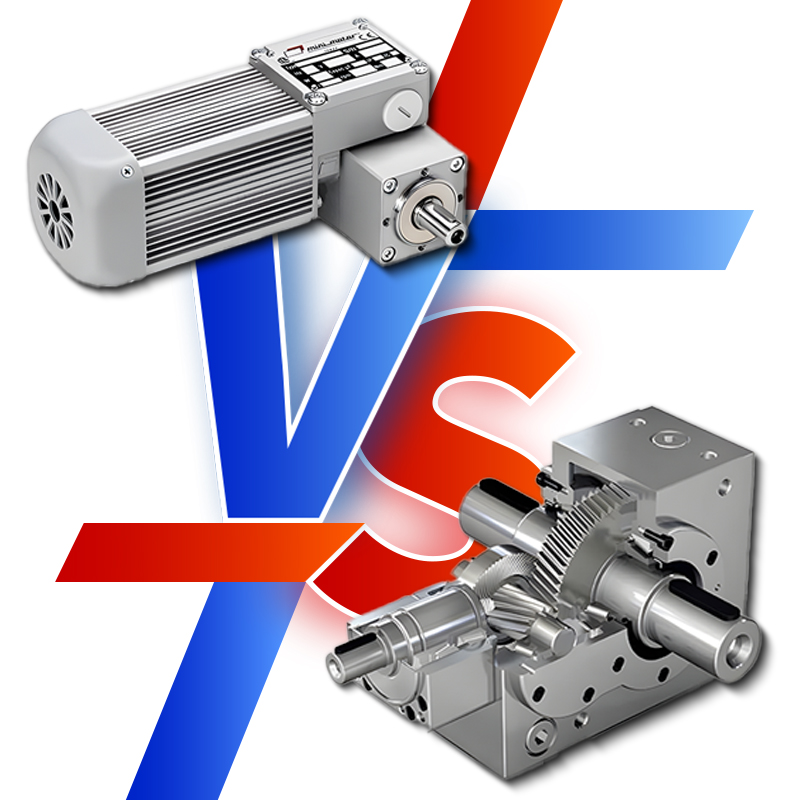



一个回复
Awesome! Its really amazing article, I have got much clear idea
regarding from this piece of writing.
Also visit my blog sight care